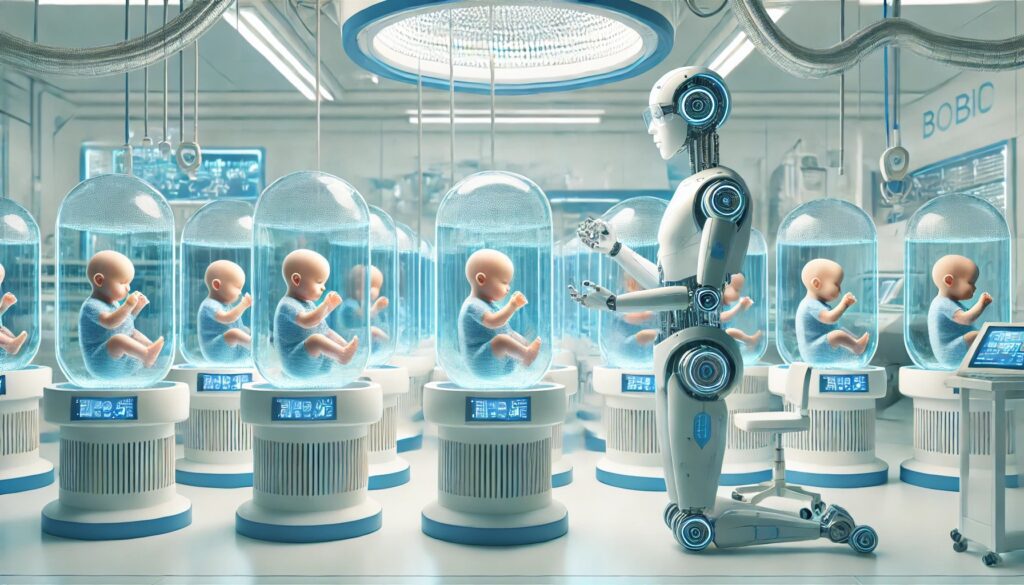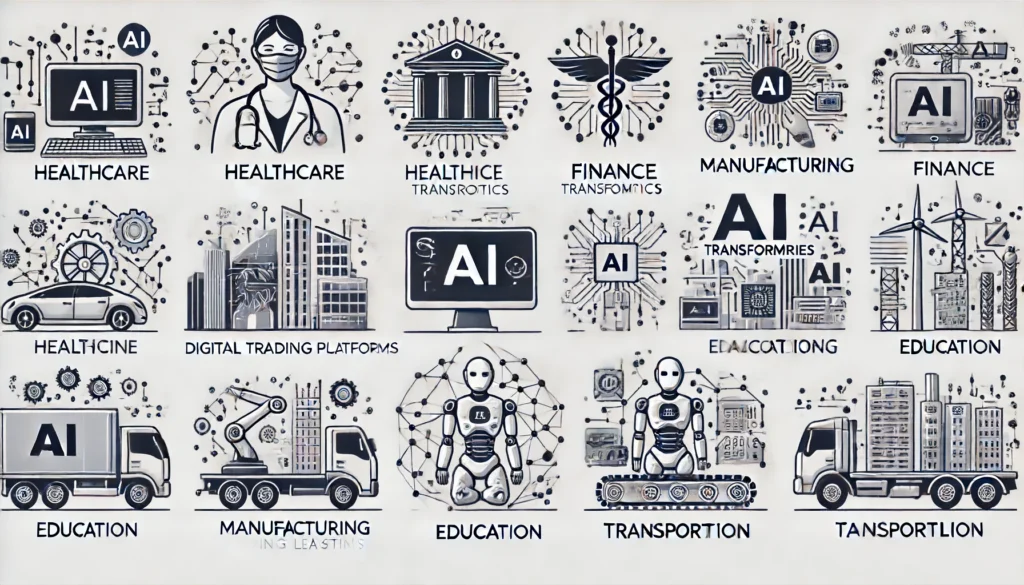
A New Era in Reproductive Technology
In an incredible leap forward in reproductive technology, two babies have been born after being conceived using a robot. This groundbreaking achievement marks a significant milestone in the realm of fertility treatments, promising new possibilities for couples struggling with infertility.
The Innovation Behind the Births
A Spanish startup, Overture Life, has been at the forefront of this revolutionary process. They developed a unique sperm-injecting robot controlled with a PlayStation 5 controller. This cutting-edge approach not only showcases the integration of advanced technology in medical procedures but also opens new possibilities for the future of fertility treatments.
The Role of New Hope Fertility Center
The procedure was performed at the New Hope Fertility Center in New York City. The robot successfully fertilized human eggs, resulting in the birth of two healthy baby girls. This success story is a testament to the potential of robotic assistance in reproductive medicine.
How It Works: The Robotic Fertilization Process
The process involves a precise and delicate operation where the robot, guided by the PlayStation 5 controller, injects sperm directly into the eggs. This method ensures a higher degree of accuracy and consistency compared to traditional manual procedures. The precision offered by robotic technology could significantly improve success rates in in vitro fertilization (IVF).

Benefits of Robotic Assistance in IVF
Using a robot for such a sensitive procedure brings several benefits:
- Increased Precision: Robots can perform tasks with a level of accuracy that surpasses human capability.
- Consistency: Automated processes reduce the variability that can occur with human operators.
- Accessibility: Potentially lower costs could make IVF more accessible to a broader range of people.
A Closer Look at the Technology
Overture Life’s robotic system leverages advanced imaging techniques and artificial intelligence to assist in the fertilization process. The PlayStation 5 controller, typically associated with gaming, allows for intuitive and precise control, bridging the gap between complex technology and human dexterity.
The Potential for Broader Impact
The implications of this technology extend beyond individual success stories. If widely adopted, robotic assistance in IVF could:
- Improve Global IVF Success Rates: Enhanced precision and reduced human error could lead to higher success rates worldwide.
- Lower Costs: Automation can streamline the process, potentially reducing the overall cost of IVF treatments.
- Expand Access: More affordable and efficient IVF procedures could become available to a larger demographic.
Ethical Considerations
As with any breakthrough in medical technology, there are ethical considerations to address. The use of robots in creating human life raises questions about the extent of technology’s role in reproduction. It’s crucial to balance innovation with ethical responsibility to ensure the welfare of the children born through such methods.
Regulatory and Safety Concerns
Ensuring the safety and efficacy of robotic-assisted fertilization is paramount. Regulatory bodies will need to establish rigorous standards and protocols to govern the use of this technology in clinical settings. Continuous monitoring and evaluation will be necessary to address any unforeseen issues and to maintain public trust.
The Growing Role of Technology in Medicine
The successful births achieved by Overture Life’s robot highlight the growing role of technology in medicine. From robotic surgeries to AI-driven diagnostics, technology is revolutionizing healthcare, making it more efficient and effective.
Conclusion
The birth of two babies conceived by a robot marks a historic moment in reproductive technology. As Overture Life and other innovators continue to push the boundaries, the future of fertility treatments looks promising. This achievement not only brings new hope to families worldwide but also sets the stage for more groundbreaking advancements in medical technology.
Additional Insights and Future Directions
Looking ahead, the integration of robotics in IVF is likely to evolve further. Researchers and developers are already exploring enhancements such as:
- Improved AI Algorithms: To increase the success rate and efficiency of sperm injection.
- Enhanced Imaging: For better visualization and accuracy during the fertilization process.
- User-Friendly Interfaces: Making the technology accessible to a wider range of medical professionals.
The continuous collaboration between technologists, medical experts, and regulatory bodies will be essential in refining these systems and ensuring their safe and effective implementation in clinical practice.
Community and Patient Perspectives
Understanding the perspectives of patients and the broader community is crucial. Many may have questions or concerns about the use of robots in such a personal and significant aspect of life. Transparent communication and education about the benefits and safety measures can help build trust and acceptance of this innovative approach.
Closing Thoughts
The journey of these two baby girls, conceived through robotic assistance, is just the beginning. As technology continues to advance, the possibilities for improving reproductive health and expanding access to effective treatments are immense. With continued innovation and careful consideration of ethical and regulatory factors, the future of fertility treatments holds great promise for many hopeful families around the world.
For further reading and resources on this revolutionary development, visit the links below:





